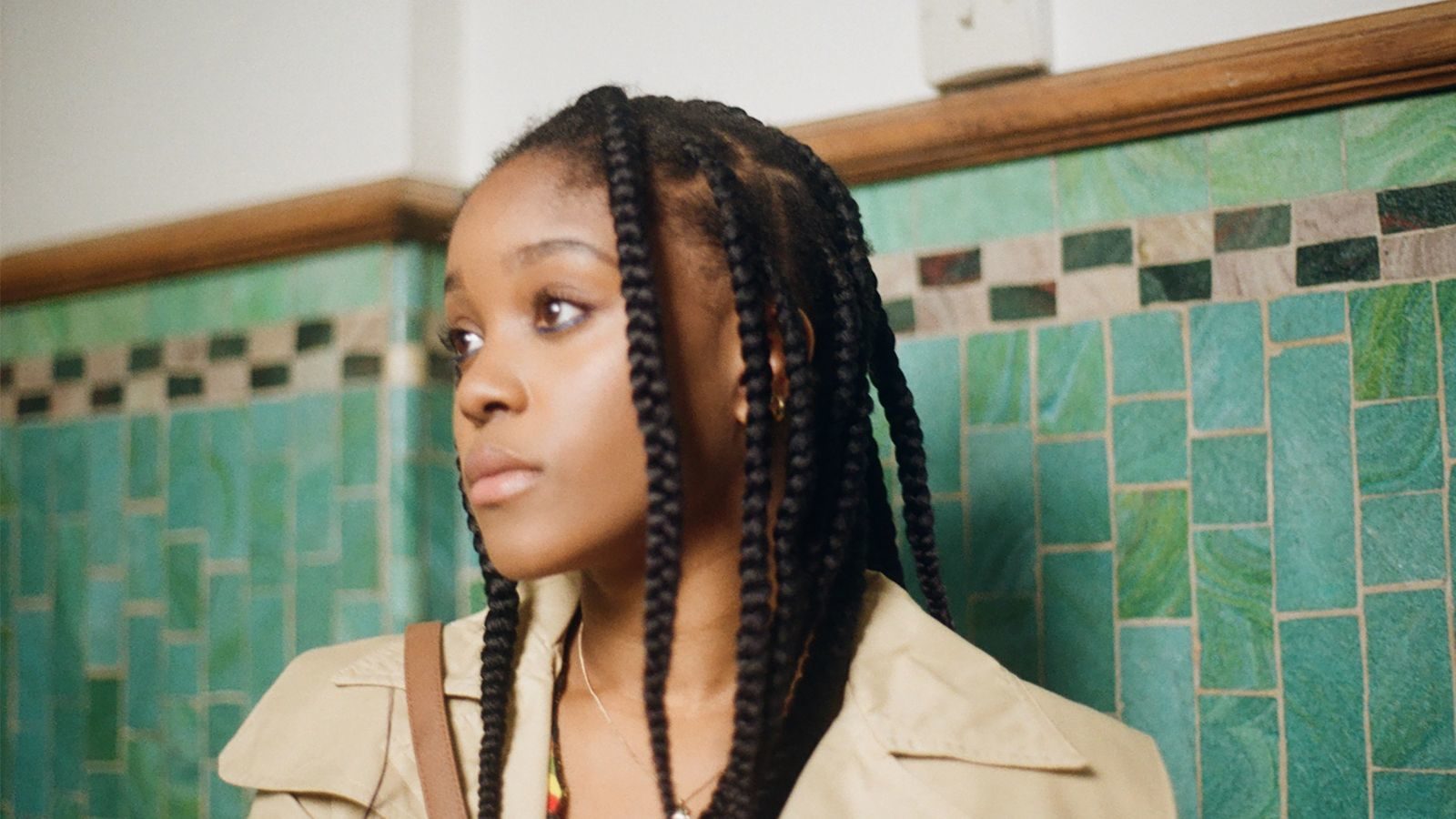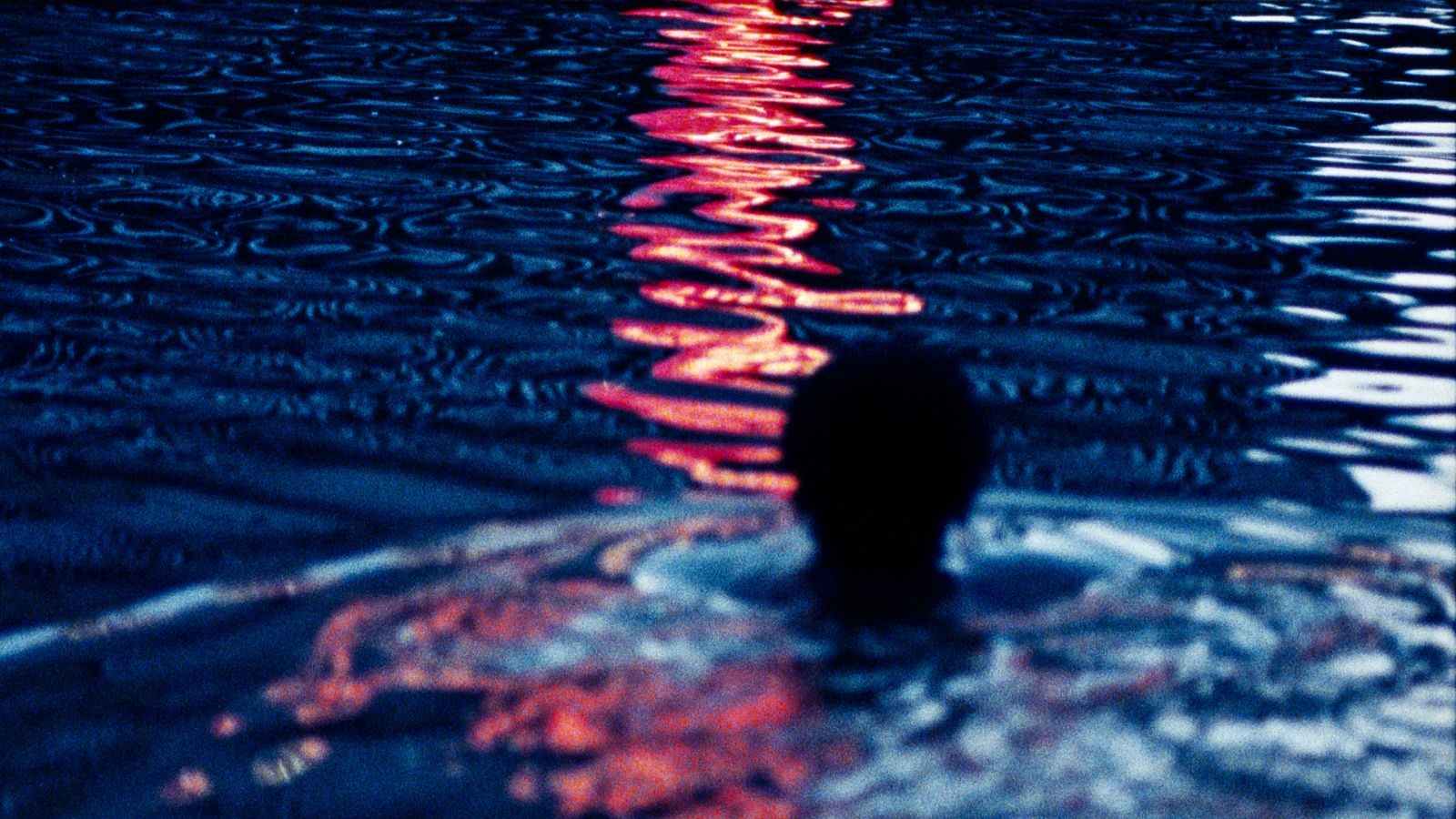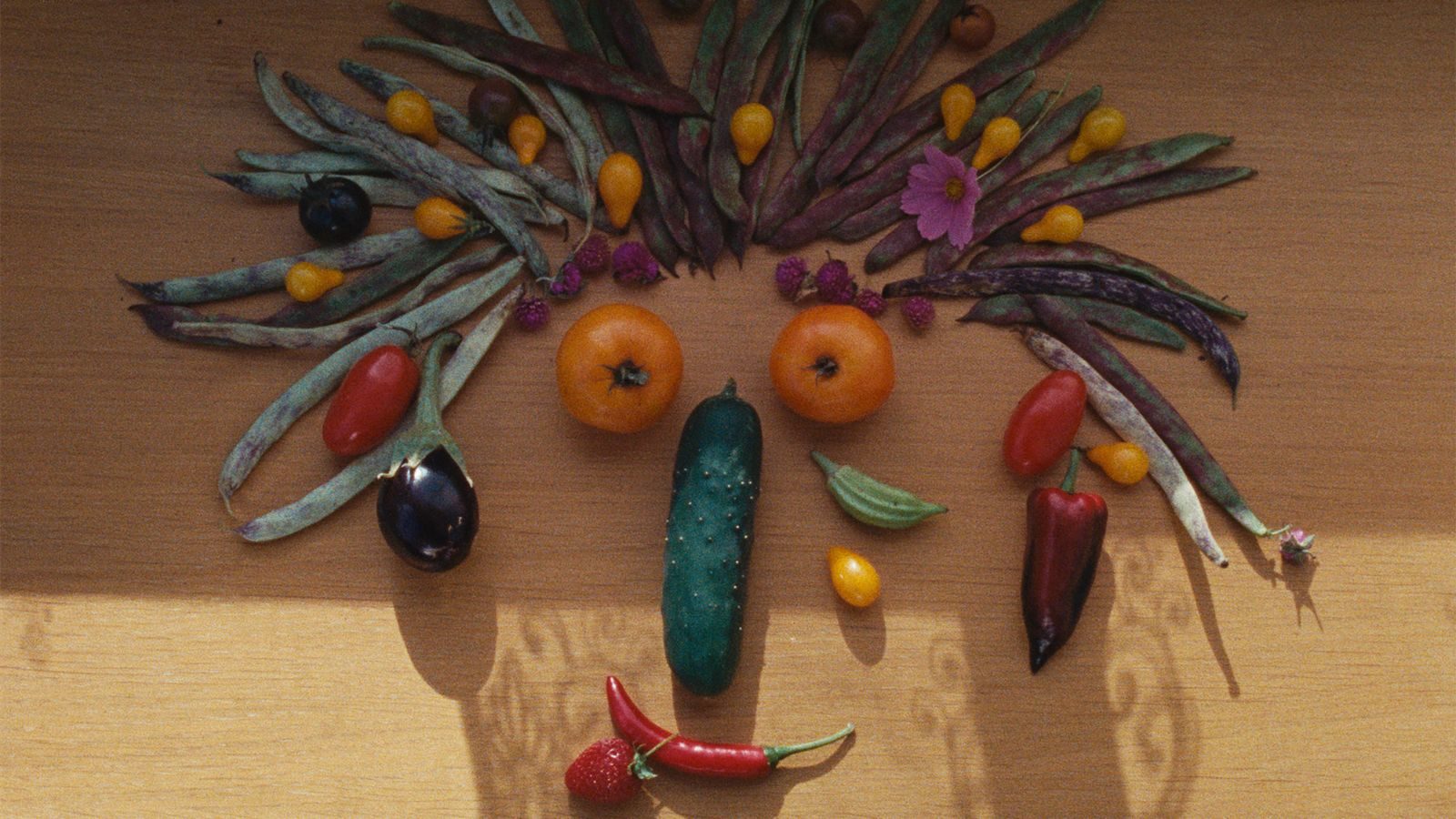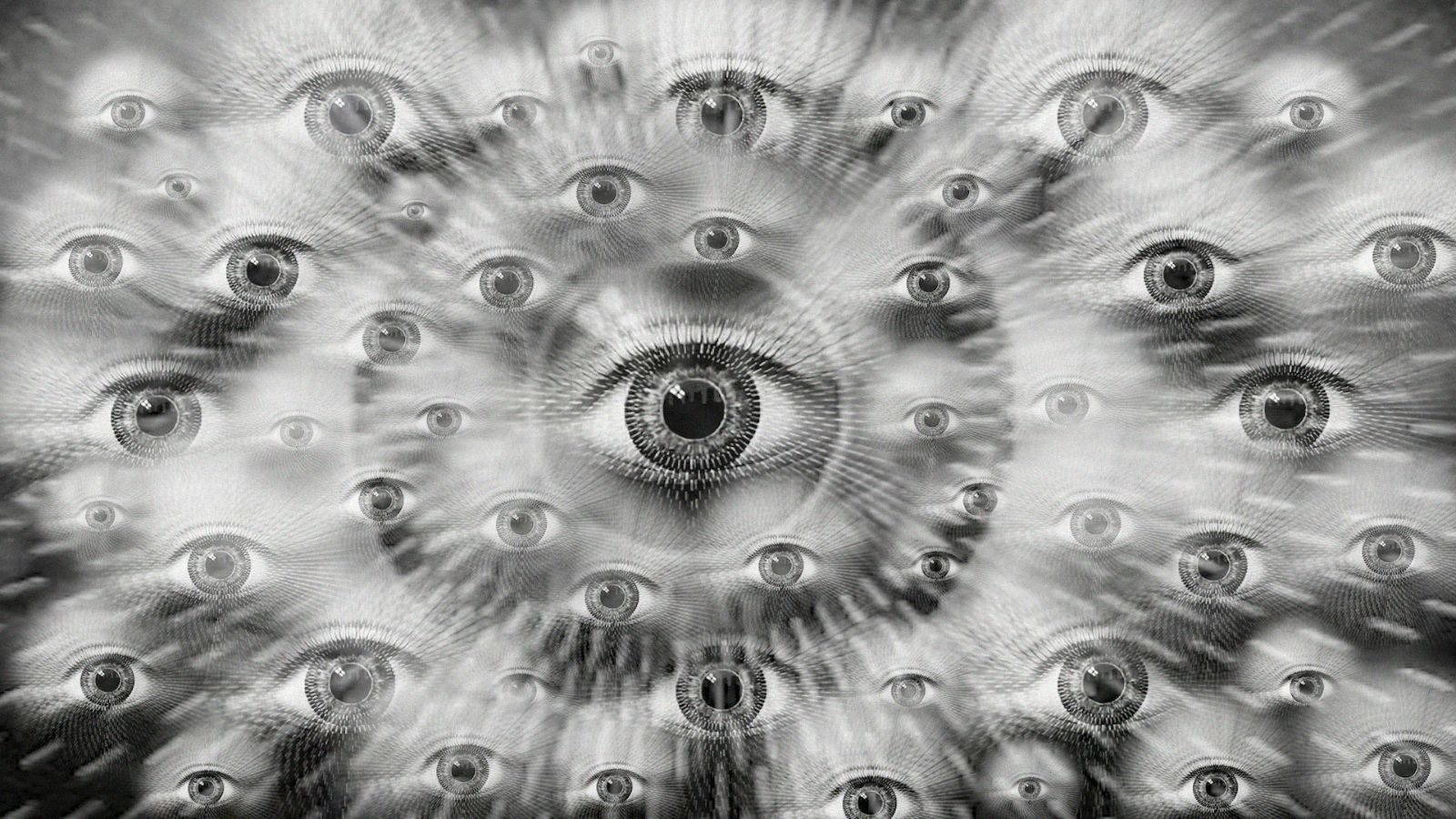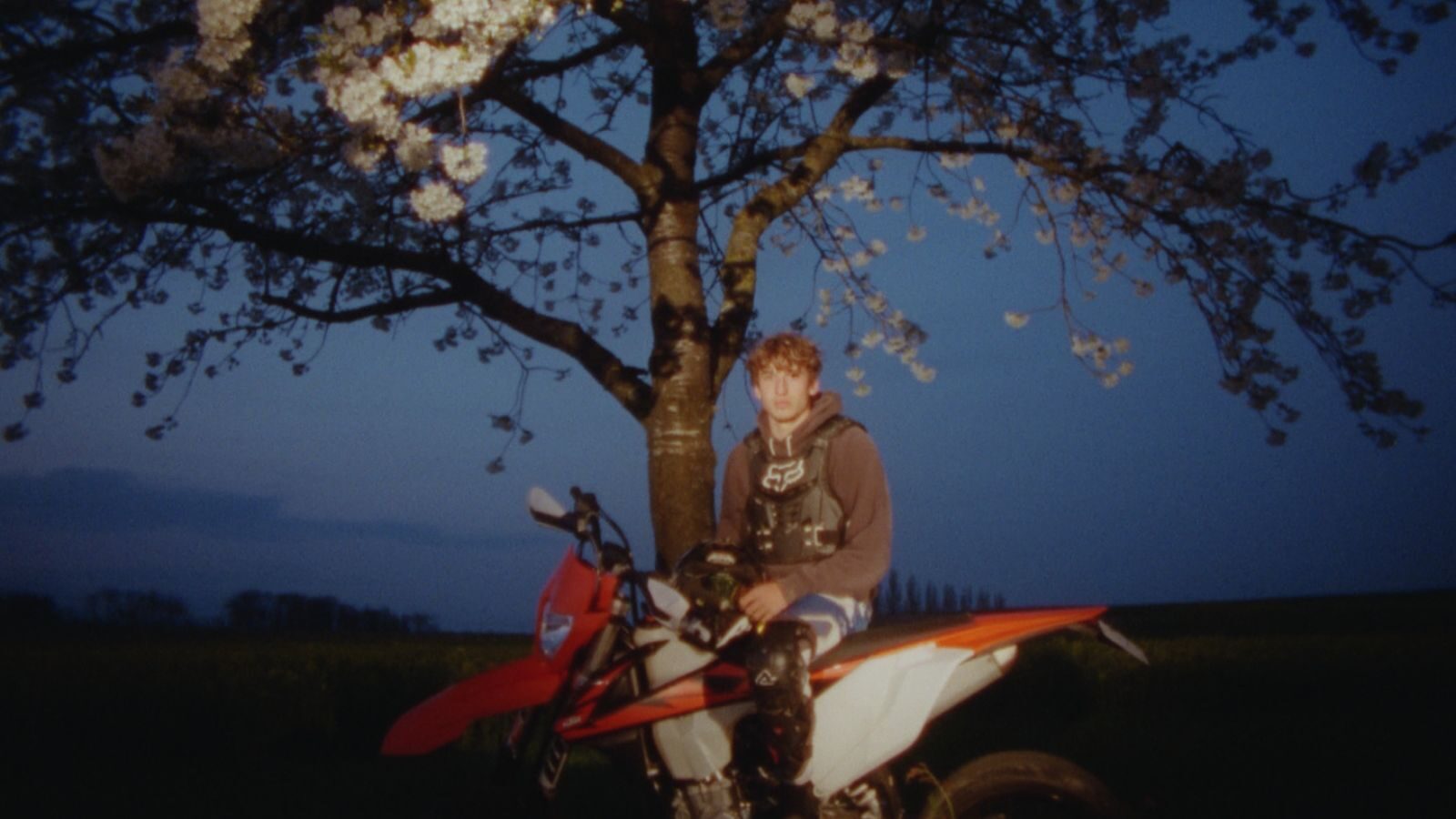Exploring bold new works from filmmakers around the world, the 52nd New Directors/New Films, our annual festival co-presented with the Museum of Modern Art, officially runs through April 9. As the festival continues, get to know the filmmakers who speak to the present and anticipate the future of cinema.
Several of the directors featured in this year’s Shorts Program I and Shorts Program II share a few words below about their backgrounds, their filmmaking inspirations, challenges, and more. Shorts Program I screens on Friday, March 31 and Saturday, April 1, while Shorts Program II screens Sunday, April 2 and Monday, April 3. Many of the filmmakers will be in attendance for a post-screening Q&A.
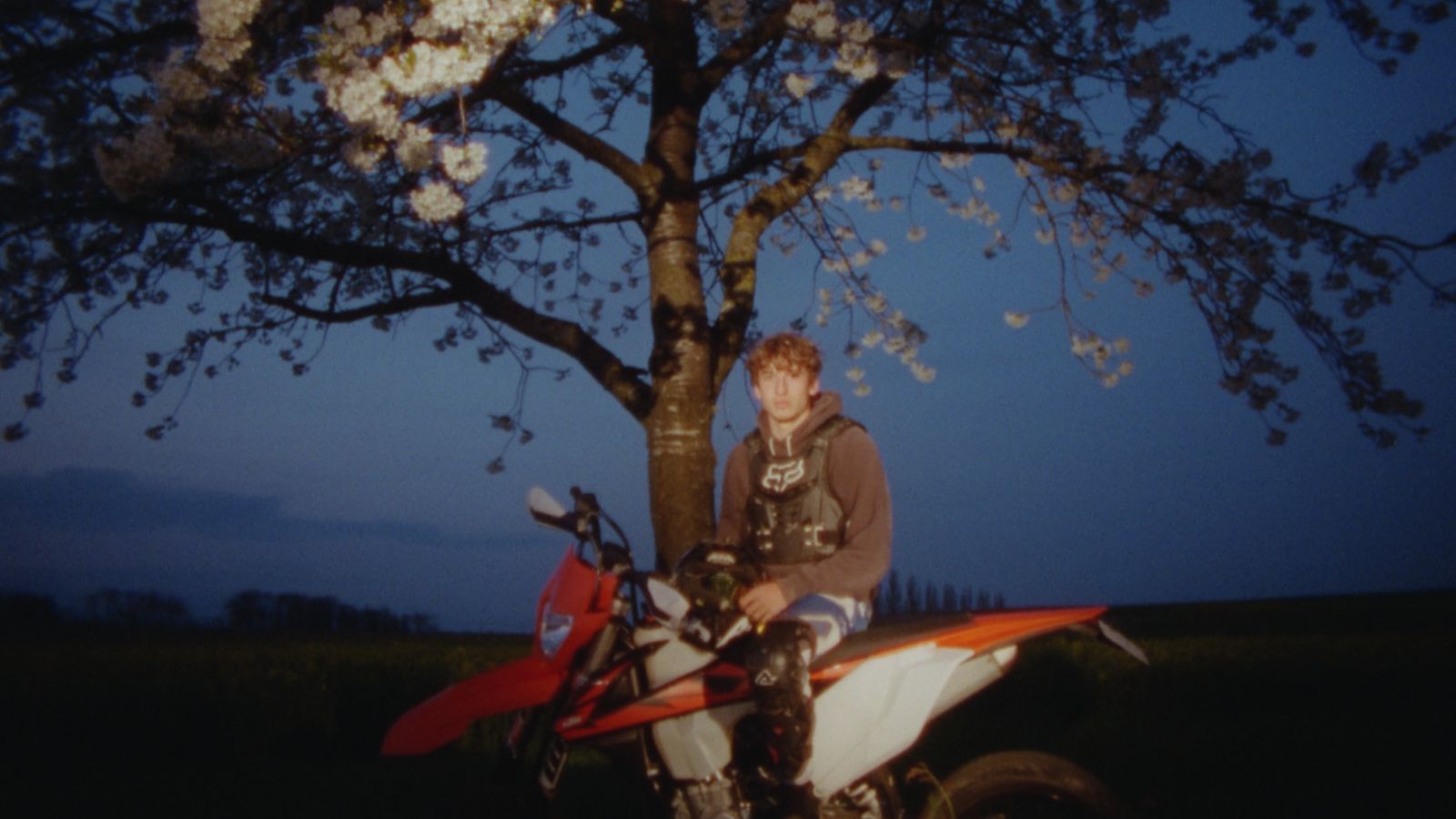
Anna Simonetti on Serafina
What made you first want to be a director?
Anna Simonetti: The energy and emotion after watching a good movie.
Was there a film or director you were inspired by or continue to be inspired by?
Alice Rohrwacher with Happy as Lazzaro.
In your own words, tell us about your film. What should audiences know?
This film was born from the union of two universes that oppose each other to finally meet through passion. It is also the meeting between two filmmakers, me and Noa.
What does it mean to you to show your film at New Directors/New Films?
It is an enormous pleasure and an indescribable sensation!
What was the biggest lesson you learned during the making of your film?
Imperfection can be a strength.
What is the best piece of advice you’ve ever been given?
Cinema is a collective art. We must work together to succeed!
What else do you enjoy doing outside of filmmaking?
Watching movies…
What’s a film you saw recently that you enjoyed?
Fallen Angels by Wong Kar Wai.
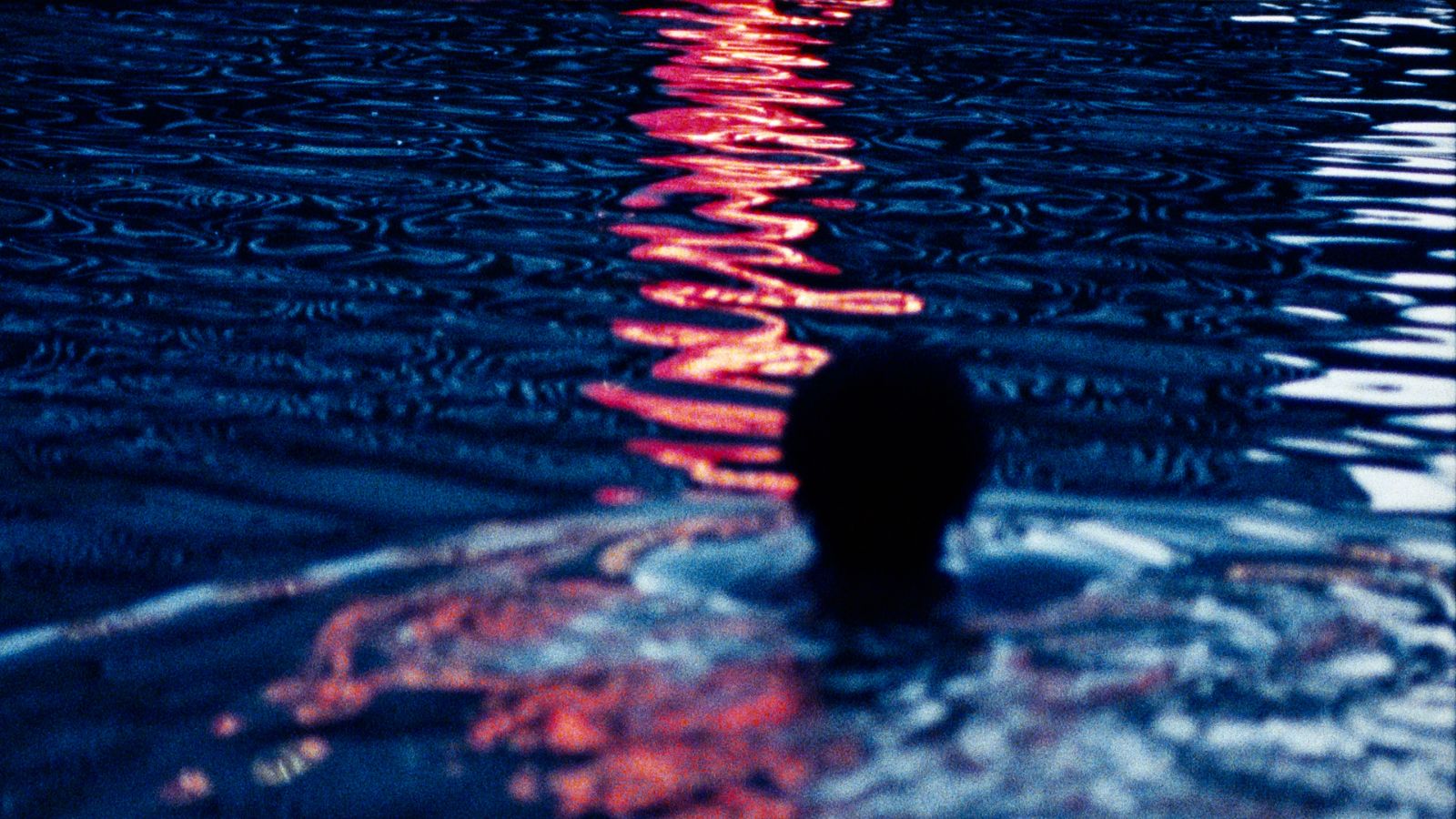
Mateo Vega on Center, Ring, Mall
What made you first want to be a director?
Mateo Vega: When my mother and I moved from Peru to the Netherlands when I was 8 years old, she started bringing home miniDV cameras from the art school where she studied. I began to play around with them – using my dolls and action figures before I had made any friends or was able to speak Dutch. Later, it became a way to bond and collaborate with other kids. This developed very gradually from a hobby, to a passion, to a profession over the course of my teens and early twenties. In that sense it’s been part of me for almost as long as I can remember.
Was there a film or director you were inspired by or continue to be inspired by?
I often find the best inspiration in more horizontal notions of peerhood rather than in looking up to famous or canonical directors. I was incredibly impressed by the 2015 Peruvian film, Videophilia (and Other Viral Syndromes) by Juan Daniel Molero, who I’m now happy to call a friend and is co-producing my next project. I also feel a lot of affinity to, and I’m greatly inspired by, many directors of my own generation making critical, political and genre-defying films – who I meet or whose work I see at international film festivals. One that comes to mind is the NYC-based Suneil Sanzgiri and his mesmerizing and technically mixed approach to crafting politically outspoken and diasporic films.
In your own words, tell us about your film. What should audiences know?
It kept raining every day that summer, but the fall would be beautiful. Center, Ring, Mall is a collaborative attempt to cinematically capture and address three infrastructural sites around Amsterdam. The first is a large data center, home to countless Big Tech servers and located in the “Science Park ” area: a key site in the history of the internet and node for global traffic. The second: the ring road highway surrounding the city, built in the second half of the 20th century and a monument to the citizen-as-car-owner and the city divided into anterior and periphery. The third is a worn-down mall at the edge of town that’s fallen out of fashion: a ruin of last century’s capitalist and consumerist optimism.
Rather than aiming to produce intellectual knowledge or research, I was more interested in playing with ways of sensing and feeling these places. Across the different voices, textures, and mediums, I wanted to keep a concern with urban materiality and its affects at the core. None of these places is exclusively good or bad – but they’re most definitely not neutral. In the end, I see this project as a way to collectively reclaim agency over these vast, inhuman sites and systems.
What does it mean to you to show your film at New Directors/New Films?
In 2016 I did an exchange semester at The New School during which I became introduced to the world and possibilities of analogue filmmaking and got a glimpse of both historic and contemporary experimental film culture in New York. At the time this felt like an exciting new world, but also one that was overwhelming and in which I was very much a newcomer. I haven’t been back to NYC since then. Center, Ring, Mall is an outcome of something that was just awakening in me back then and it’s incredible to have the opportunity to reconnect with this scene, now with more experience and confidence. It’s amazing to screen at a festival as selective and distinctive as ND/NF and with the institutional weight of MoMA and Film at Lincoln Center. Not only is it a huge honour and boost personally, but it also opens doors professionally – especially at this early stage of my career where these kinds of selections can have a big impact.
What was the biggest lesson you learned during the making of your film?
Perhaps the biggest lesson was learning to compose and produce my own score, which I had never done before and was a challenge that I set myself for this project. In the process, I researched and learned a lot about noise theory, the texture and materiality of sound, and experimental music – and reflected a lot on their emancipatory and political potential.
What is the best piece of advice you’ve ever been given?
In recent memory: “apply for funding while you still have money” during a talk at my MFA by Pieter Paul Pothoven. It might sound silly and banal but sustaining an art practice is as much an economic endeavour as a creative one – especially for those without a wealthy background – and I’ve always valued artists and mentors who are upfront about this.
What’s a film you saw recently that you enjoyed?
I loved É noite na América by Ana Vaz which I saw the morning of Center, Ring, Mall‘s premiere at the International Film Festival Rotterdam. It was inspiring to see such a great feature debut, especially in the experimental genre in which it can be tricky to sustain a compelling and engaging arc over a longer length. The way in which she makes spaces in Brasilia feel like an otherworldly landscape and incorporates non-human/animal characters and perspectives was wonderful.
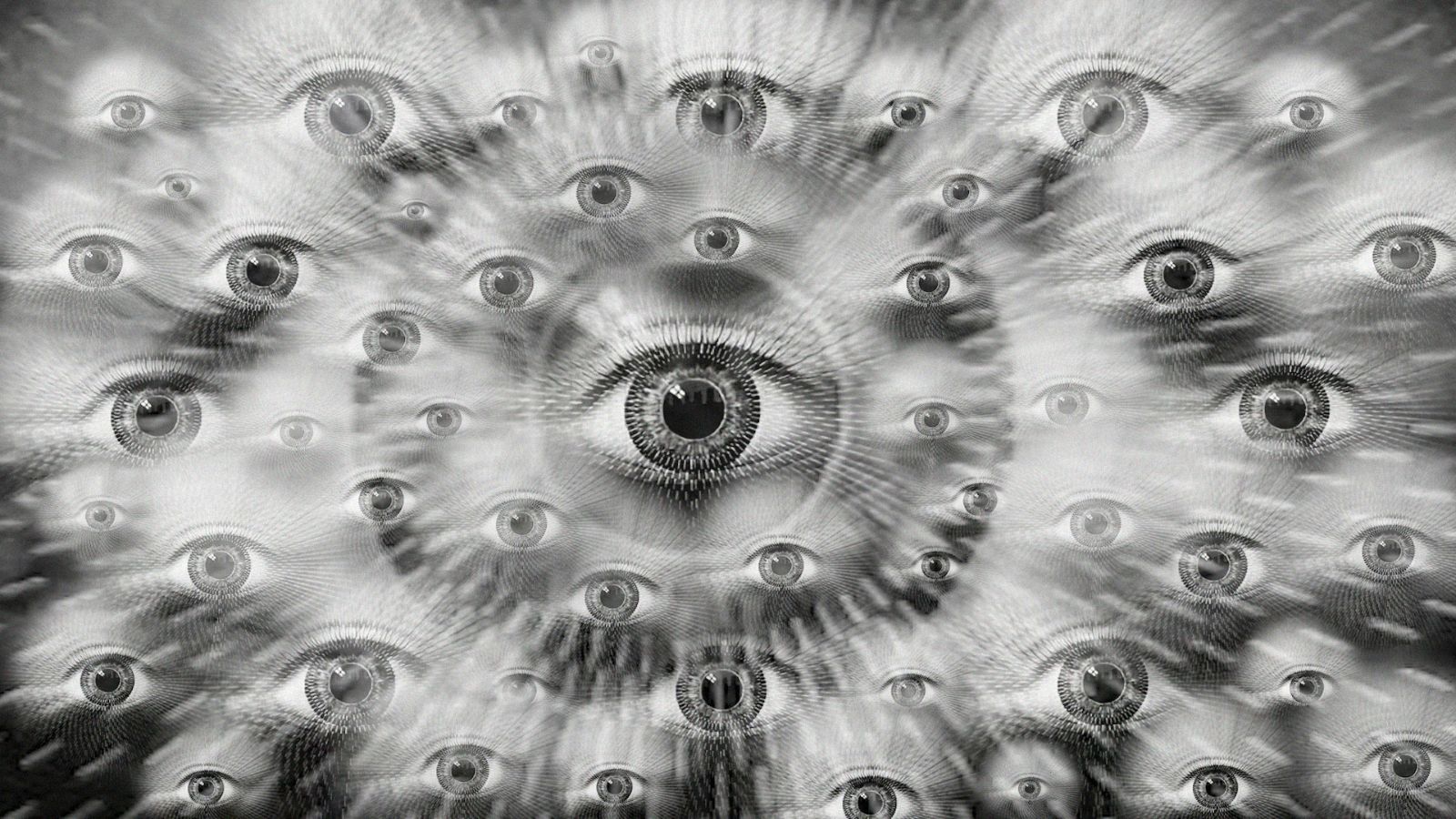
María Silvia Esteve on The Spiral
What made you first want to be a director?
María Silvia Esteve: Anime, Eisenstein, and films from the Golden Age from Hollywood, that I used to watch with my mother as a kid. I grew up dreaming of Hayao Miyazaki’s universe, while meeting Scarlett O’Hara, Sabrina, Princess Anne, and Joe Bradley, every night in our VCR. And then, in my twenties, while studying to become a soprano, I saw Battleship Potemkin, I read about the Montage of Attractions, and I realised that I had to do cinema.
Was there a film or director you were inspired by or continue to be inspired by?
I would have to say Wong Kar Wai, Lynch, Kubrick, and of course, as I said before, Hayao Miyasaki.
In your own words, tell us about your film. What should audiences know?
I had a fight with a friend, and we were no longer talking to each other. I tried writing to her infinite texts that I never sent. Words were never good enough. I wanted to show her that although I had my flaws, I could understand her, her process. And mostly, I wanted her to see that sometimes it’s necessary to look at our scars and wounds, to put them out there, in order to turn them into something else.
And so, I took some Whats App audios of hers, and started mixing the rollercoaster of emotions that the film intended to be. And one day, I got the courage to text her saying that I was making a project about her, and I sent her the first cut of “The Spiral”.
This film is my way of saying that we are not alone, that anxiety, panic attacks, the anguish that beats under the skin, are a lot more usual than what we are told. It’s okay to feel what we feel, we are human, we have our traumas, and sometimes home doesn’t feel like home at all.
What does it mean to you to show your film at New Directors/New Films?
It’s a dream come true, honestly.
What was the biggest lesson you learned during the making of your film?
I had so much fun when making The Spiral, when building its atmospheres, when taking so many risks so openly. I wanted to do something different, driven by instinct and a sense of fun that I had never experienced before. I composed each shot as if they were living paintings, and so, images that I would draw as a kid suddenly turned into walls of eyes, twitching forests, iridescent deers in the video. With The Spiral I learned that there is nothing more liberating than not taking myself seriously as a filmmaker, and that if I’m not enjoying what I’m doing then it probably means I’m in the wrong direction. Work on gut feelings rather than thoughts, and then go back to reason to organize the beautiful mess created.
What is the best piece of advice you’ve ever been given?
Don’t look into others’ paths, or what they have achieved. Stay focused on what you love, that should be your sole compass. Be patient, persist, and keep on going. You will get there eventually.
What else do you enjoy doing outside of filmmaking?
I sing. I was once an opera singer, but cinema grabbed my hand and changed my course of direction. But I write and sing music whenever I have the chance to do so.
I’ve also started doing jewelry, more specifically begun working on small statues that I’m doing in bronze. I have found that there is nothing more liberating than to melt metals, fuse them together, shape them into abstract figures.
What’s a film you saw recently that you enjoyed?
The Godfather Coda (Francis Ford Coppola).
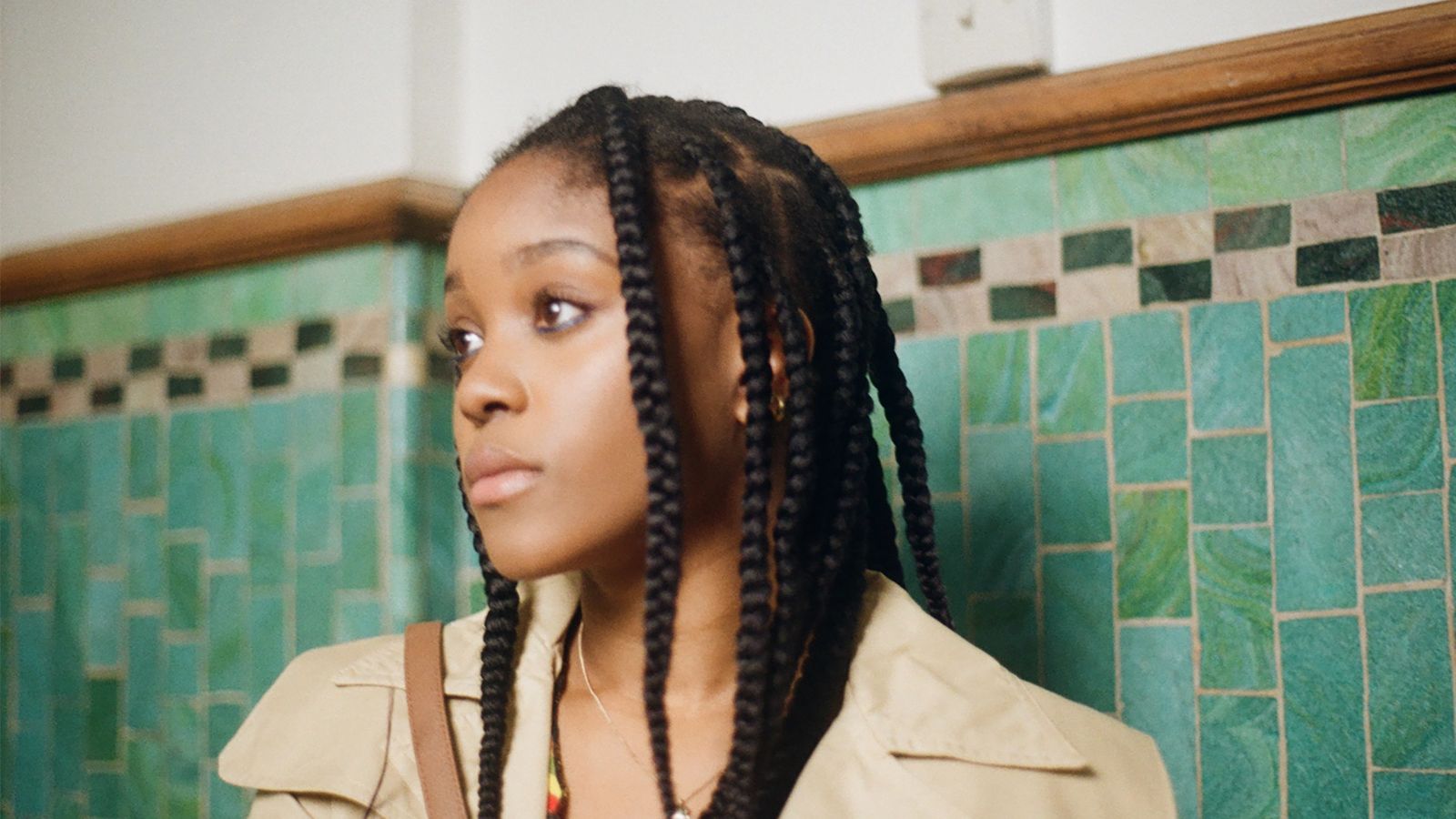
Ayo Akingbade on Jitterbug
What made you first want to be a director?
Ayo Akingbade: Honestly, Freaky Friday was the first film I remember seeing in the cinema and it left a huge impression and to an extent 13 Going on 30. Later, in school when I was studying History we watched Tarantino’s Inglourious Basterds and Kubrick’s Dr. Strangelove and I just knew the power of cinema and that is when I decided to be a director.
Was there a film or director you were inspired by or continue to be inspired by?
I tend to watch The Green Ray by Eric Rohmer at least once a year. Chantal Akerman, JLG, Jacques Rivette and Ousmane Sembene.
In your own words, tell us about your film. What should audiences know?
A love letter to my hometown Hackney in London’s East End. I would say to expect the unexpected.
What does it mean to you to show your film at New Directors/New Films?
Ecstatic! Fantastic! I have always wanted to present my work at ND/NF. New York has always been a special place for me. The festival follows a great tradition and I’m happy to be part of that legacy.
What was the biggest lesson you learned during the making of your film?
To always believe in yourself and to follow your vision.
What is the best piece of advice you’ve ever been given?
Not memorable enough for me to remember!
What else do you enjoy doing outside of filmmaking?
Swimming, reading obscure literature and travel.
What’s a film you saw recently that you enjoyed?
Raiders of the Lost Ark (Steven Spielberg) and Blue Jean (Georgia Oakley).
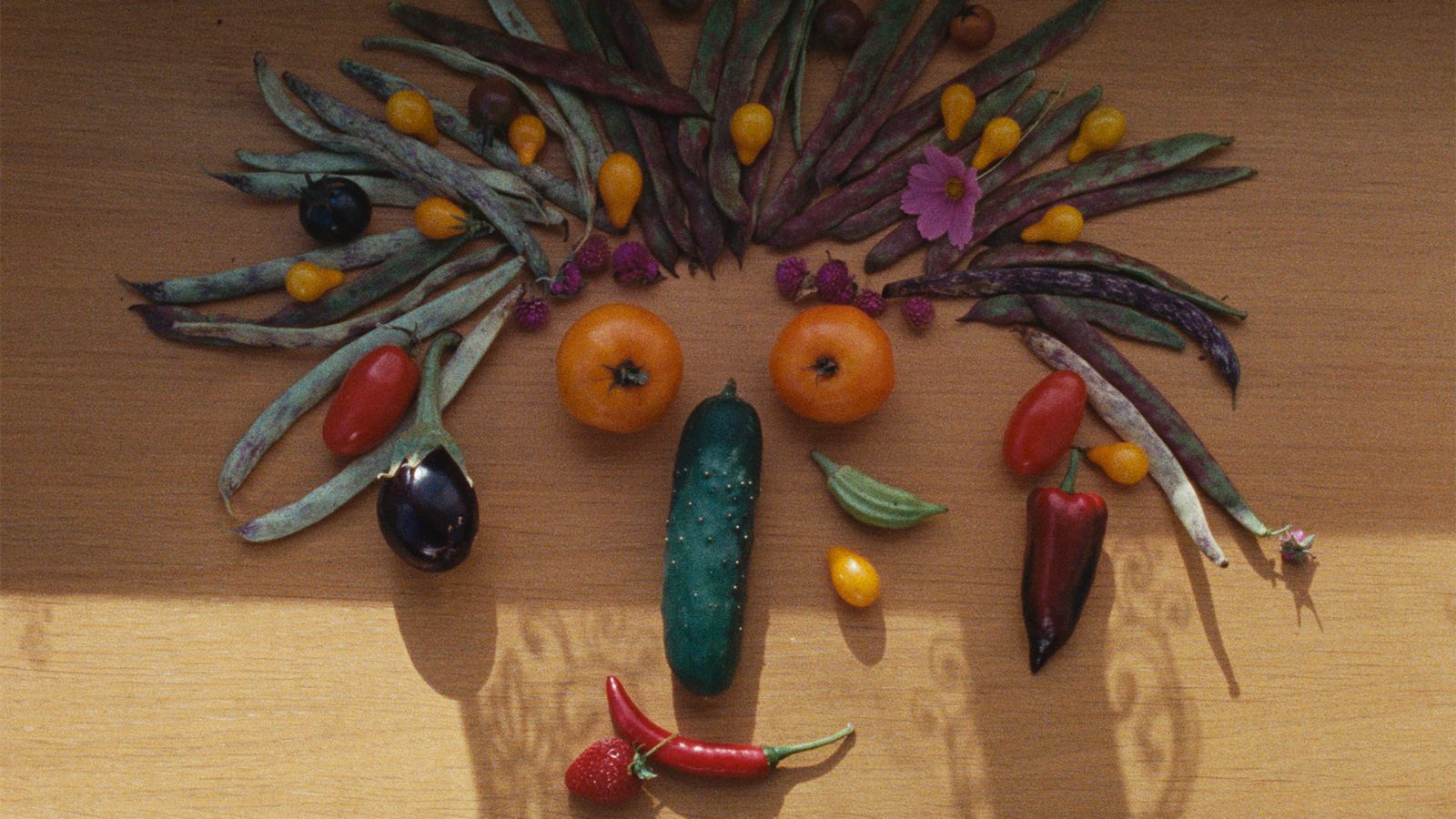
Mónica Lima on Natureza Humana (Human Nature)
What made you first want to be a director?
Mónica Lima: I first studied painting, but very soon realized that was not the medium for me. I was writing and doing video and photography installations, and throughout the years things starting coming more together in the form of fiction stories. When I was doing a postgraduate program in experimental filmmaking at FAMU, in Prague, I found myself more interested in fiction films and started to sneak into the directing and screenwriting classes where they analyzed films from Fellini, Antonioni, Bergman, Truffaut… Even though I couldn’t relate to a lot of the “rules of storytelling” some of these classes taught, I was still marveled to be able to watch and discuss these films in a collective, it opened a whole world for me. I think that was the seed of everything.
Was there a film or director you were inspired by or continue to be inspired by?
I admire Lucrecia Martel’s work very much, especially The Headless Woman, which might be one of my favorite films. And also Valeska Grisebach, who taught me so much in the way in which she thinks characters out of the box and creates such interesting and unpredictable human beings on screen.
In your own words, tell us about your film. What should audiences know?
It’s a film set in an apartment of a city under curfew, about a couple dealing in different ways with their difficulty to get pregnant and have a child. The film captures this disconnect between them, and how it reflects the way the characters internalize and deal with the climate crisis, pandemics and a general feeling of uncertainty.
What does it mean to you to show your film at New Directors/New Films?
I feel incredibly honored because ND/NF is such a special festival with such a small and remarkable selection of work, and that seeks to widen the scope of what cinema can be. It’s also an amazing opportunity to give visibility to the film outside Europe.
What was the biggest lesson you learned during the making of your film?
You can’t control everything and there’s a beauty in that too.
What is the best piece of advice you’ve ever been given?
Don’t be indulgent with your characters. And yet, I think one should also be kind.
What else do you enjoy doing outside of filmmaking?
Drawing.
What’s a film you saw recently that you enjoyed?
Pacifiction, from Albert Serra.
Shorts Program I screens on Friday, March 31 and Saturday, April 1, while Shorts Program II screens Sunday, April 2 and Monday, April 3.
New Directors/New Films takes place March 29-April 9. Explore the lineup and get tickets, including a discounted 5-Film Package.


